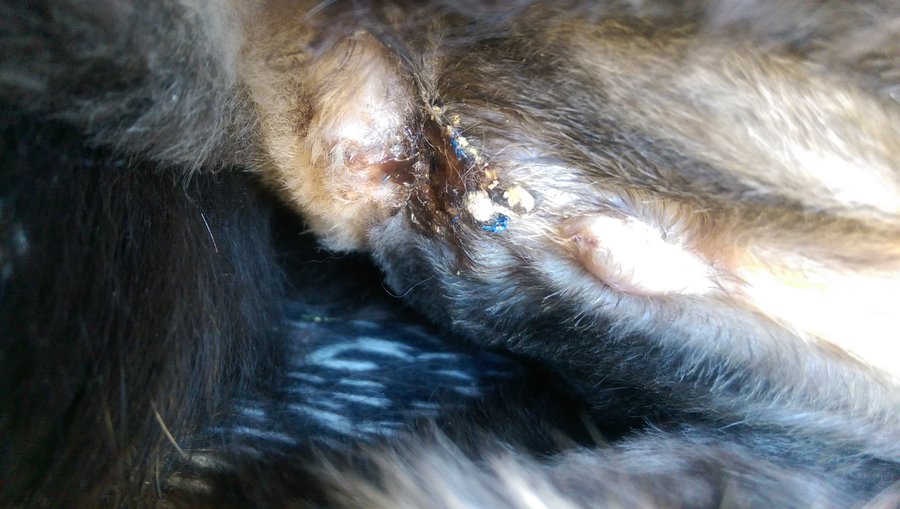My 3 year old male cat Leo just had a PU and I was able to bring him home 24 hours after the surgery. He was given an antibiotic and pain meds, both of which he is to receive starting tonight. He is also to wear an Elizabethan collar for he next two weeks. Since coming home (five hours ago), he has ate and drank a little, but has struggled to urinate. While at the vet, I was told that I may have to push on his bladder to help him urinate if he fails to. I watched the vet do this and a decent amount of urine came out. He has went into the litter box twice and dribbled some, the first time with me pushing lightly on his bladder.
I am curious as to how other's cats reacted after this surgery, if anyone else was able to observe or take home their cat the next day. What were their eating, drinking, and urinating habits like and what was their activity level? Leo has been very sleepy all day.
Any tips/past experiences would be greatly appreciated!!
I am curious as to how other's cats reacted after this surgery, if anyone else was able to observe or take home their cat the next day. What were their eating, drinking, and urinating habits like and what was their activity level? Leo has been very sleepy all day.
Any tips/past experiences would be greatly appreciated!!



